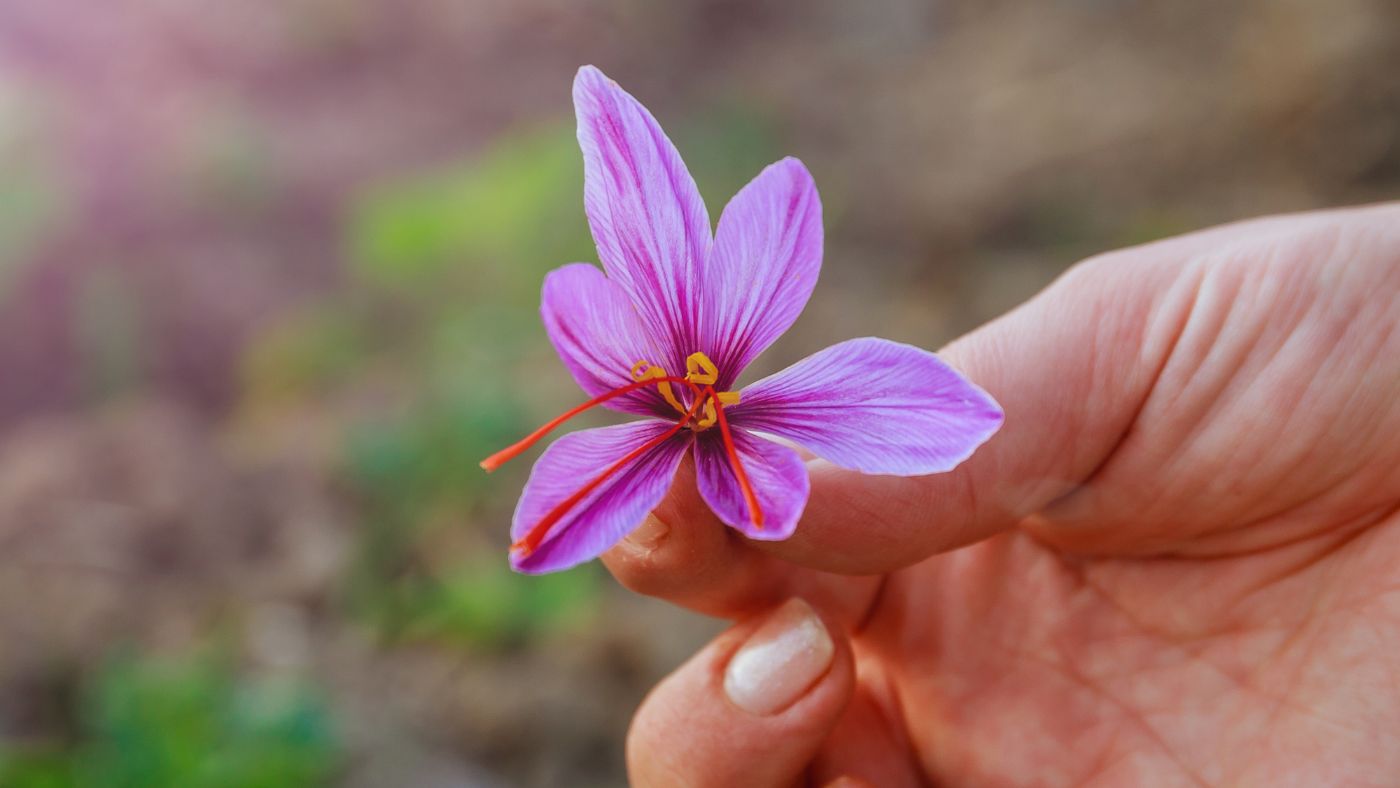Offer
Provide additional details about the offer you're running.

As vibrant hues of gold and red blend in the culinary palette, you may find yourself pondering, "Are saffron and turmeric the same?" This question stems from the use of both as colorants and their golden appearance. However, despite these superficial similarities, saffron and turmeric differ vastly in terms of origin, taste, health benefits, and cost.
Let's delve deeper into understanding these spices, and in the process, we will also introduce you to Dorreen Saffron's premium offerings.
Saffron, the most expensive spice in the world, is derived from the stigmas of the Crocus Sativus flower. Each bloom yields only three stigmas, contributing to saffron's hefty price tag. The question of "are saffron and turmeric the same" starts to unravel when we consider the painstaking process of harvesting these tiny threads. In stark contrast to turmeric, saffron harvesting is a labor-intensive process conducted manually.
From a culinary standpoint, saffron imparts a complex flavor profile, a unique combination of sweet, grassy, and hay-like notes that's hard to replicate. Its coloring capabilities transform dishes into golden-hued masterpieces, and its aroma lends a luxurious touch to recipes.
Turmeric, on the other hand, is a root spice derived from the Curcuma longa plant. Unlike saffron's delicate harvesting process, turmeric is a hardy root dug from the earth, akin to ginger. Once harvested, it's boiled, dried, and ground into a vibrant orange-yellow powder.
Turmeric offers a warm, peppery, and slightly bitter flavor. While it is a powerful colorant, it cannot replicate saffron's unique taste and aroma. In terms of cost, turmeric is significantly cheaper than saffron, largely due to its ease of production.
When comparing saffron and turmeric, their health benefits are worth noting. Both are known for their potent antioxidant properties. Saffron contains crocin, crocetin, safranal, and picrocrocin, compounds that contribute to its antioxidant effect, and studies have shown potential benefits for mood, heart health, and eyesight.
Turmeric's health benefits largely come from curcumin, a bioactive compound known for its anti-inflammatory properties. It's often used as a supplement for arthritis, and some research indicates potential benefits for heart health and neurodegenerative diseases.
Now that we've answered the question "Are saffron and turmeric the same?", it's evident that while both spices lend a golden hue to dishes, they are inherently different in flavor, aroma, health benefits, and cost. If you're intrigued by the allure of saffron and its sophisticated flavor profile, we invite you to explore Dorreen Saffron's range.
Our saffron is harvested from the fertile lands, where the ideal climate and nutrient-rich soil foster the growth of premium Crocus Sativus flowers. Our Almas Collection offers saffron of the highest grade, promising an exceptional flavor, a potent aroma, and a brilliant color.
Backed by various certifications, you can be confident that our saffron is of the highest quality, delivering not just superior taste but also contributing to a healthy lifestyle.
So, are saffron and turmeric the same? The answer is a resounding no. While both spices offer unique health benefits and are used in culinary applications around the world, they are quite distinct. Their cost, origin, harvesting process, and flavor profile set them apart.
For those seeking a unique and luxurious flavor, saffron stands unrivaled. It lends a layer of sophistication to dishes, enhancing them with its unique aroma, taste, and color. At Dorreen Saffron, we bring you the finest saffron, carrying a tradition of quality from our farms to your kitchen. Experience the extraordinary with Dorreen Saffron, and bring your dishes to life with our golden threads.